Soybean producers question rates and interest in new Harvest Plan
The Brazilian federal government has announced the 2025/2026 Harvest Plan as the largest in the country's history, with R$ 516.2 billion allocated to corporate agriculture—an increase of R$ 8 billion compared to the previous harvest.
The new plan focuses on expanding rural credit, promoting sustainable production, and strengthening rural infrastructure.
However, producer associations argue that the amount is insufficient, as it does not account for the accumulated inflation of 4.73% in 2024.
They also point to an increase in interest rates, claiming that while the plan appears to show growth, it does not actually provide greater financial strength for those in the field.
According to the Brazilian Association of Soybean Producers (Aprosoja), interest rates for medium-sized producers (Pronamp) rose from 8% to 10% per year. For large-scale producers, financing costs increased from 12% to 14% for the same period. For investments, medium-sized producers (Pronamp) will see rates rise from 8% to a range of 8.5% to 12.5% per year, while others will pay up to 13.5% interest.
Additionally, the government's budget to cover the difference between market interest rates and the subsidized rates for credit lines dropped by 32%—from R$ 5.6 billion in 2024 to R$ 3.9 billion.
Currently, Brazil’s benchmark interest rate (Selic) is set at 15% per year, making it one of the most expensive agricultural financing systems in the world, according to producers.
Aprosoja’s president, Maurício Buffon, stated: *"Brazil is currently in a situation where some producers are in debt while others are at their limit. One of the tools that could prevent this crisis and support producers is Rural Insurance. However, the government cut 42% of these funds. It’s disastrous. Looking ahead, we’ll see that instead of solving the problem, the government is making it worse."*
Although not yet officially announced, the Rural Insurance budget for 2025 was set at R$ 1.06 billion, but the government blocked 42% of it—reducing available funds by R$ 445 million.
With less money for agricultural investments, Buffon warns that a smaller harvest will lead to reduced food supply on supermarket shelves, driving up costs for consumers.
On the other hand, Agriculture Minister Carlos Fávaro asserts that the allocated resources are enough to boost a record harvest and ensure domestic food supply.
The forecast is for a harvest of 1.2 billion tons of grain.
The minister stated that despite the high Selic rate and fiscal tightening, the government has secured competitive financing conditions for producers.
The 2025/2026 Harvest Plan includes incentives for producers who adopt sustainability and climate adaptation projects.
Producers implementing sustainable practices will continue to receive a 0.5 percentage point reduction in interest rates. For example, the line for building warehouses with a capacity of up to 12,000 tons has an 8.5% annual interest rate and R$ 8.2 billion in funding.
Financing for low-carbon production systems remains a priority through the RenovAgro Program, which now also supports fire prevention and combat, reforestation, and the recovery of protected areas.
Another new feature is the possibility of financing animal feed, supplements, and medicines purchased up to 180 days before formalizing the credit, as well as support for the production of seeds, seedlings, and cover crops.
00:09 — Close-up shot: A planter machine slices through the soil, precisely planting soybean seeds.
00:10 — Wide shot: A tractor pulls the planter across the field, opening furrows and depositing soybean seeds into the earth.
00:16 — Cut to: Young soybean seedlings emerging from the soil — the first sign of a successful planting.
00:32 — Aerial drone shot: Sweeping view of the tractor and planter working in unison across expansive farmland.
01:05 — Medium shot: The tractor and planter continue their synchronized motion, preparing the field for a new soybean crop.
01:25 — Drone flyover: A high-angle shot captures the scale and precision of mechanized soybean planting.

